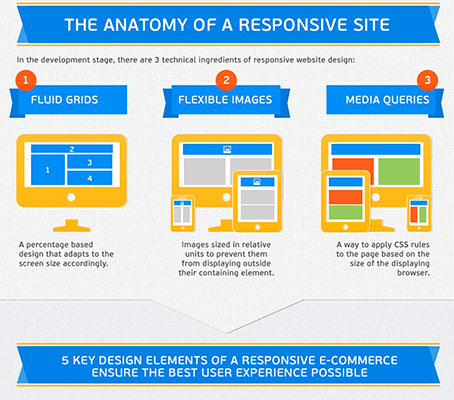The Advancement Of Site Layout: From Past To Present
The Advancement Of Site Layout: From Past To Present
Blog Article
Material Create By-Rasmussen Bojesen
In the past, sites were easy and concentrated on information. Navigating was direct, and design was for desktops. Currently, user experience is key. Data overviews layouts for very easy navigating. Receptive designs match various tools. Today, dark setting minimizes strain, and minimalist menus boost navigating. Interactive features engage users, and vibrant visuals stand out. https://www.searchenginejournal.com/multiple-locations-content-seo/427932/ improves interaction. See just how design has developed to improve your online trip.
Very Early Days of Website Design
In the early days of web design, simpleness reigned supreme. Web sites were fundamental, with minimal colors, typefaces, and layouts. The emphasis was on supplying details instead of showy visuals. Users accessed the internet via slow dial-up connections, so rate and capability were vital.
Navigating food selections were straightforward, normally located at the top or side of the web page. Sites were made for desktop, as mobile surfing wasn't yet common. Material was king, and designers focused on simple readability over complicated layout elements.
HTML was the key coding language made use of, and developers needed to work within its restraints. Computer animations and interactive features were marginal contrasted to today's standards. Websites were static, with little dynamic content or tailored customer experiences.
Increase of User-Focused Design
With the development of internet site design, a change towards user-focused layout principles has actually ended up being significantly famous. Today, producing web sites that focus on customer experience is crucial for involving visitors and achieving company goals. User-focused layout involves recognizing the requirements, choices, and actions of your target audience to tailor the site's design, content, and features as necessary.
Designers currently perform comprehensive research study, such as individual studies and usability testing, to collect understandings and responses directly from customers. This data-driven method helps in creating user-friendly navigating, clear calls-to-action, and aesthetically appealing user interfaces that resonate with site visitors. By positioning the customer at the facility of the design procedure, sites can provide an extra personalized and delightful experience.
Receptive layout has also become an essential element of user-focused design, guaranteeing that websites are enhanced for numerous devices and screen sizes. This versatility enhances ease of access and usability, catering to the varied methods individuals engage with web sites today. Fundamentally, the increase of user-focused style symbolizes a shift in the direction of developing electronic experiences that focus on the needs and expectations of the end individual.
Modern Trends in Website Design
Discover the most up to date fads forming website design today. One popular pattern is dark setting style, providing a sleek and modern-day appearance while decreasing eye stress in low-light atmospheres. An additional essential trend is minimalist navigation, simplifying menus and boosting user experience by concentrating on essential elements. Including micro-interactions, such as computer animated switches or scrolling impacts, can create an extra engaging and interactive website. Responsive style remains vital, making sure smooth customer experiences across various tools. Furthermore, making use of strong typography and asymmetrical designs can include visual interest and draw attention to specific content.
Integrating AI modern technology, like chatbots for client support or tailored referrals, enhances individual involvement and improves procedures. Availability has also come to be a substantial pattern, with designers focusing on comprehensive layout techniques to deal with varied customer requirements. Welcoming sustainability by maximizing site performance for rate and efficiency is an additional arising trend in website design. Collaborating with user responses and data analytics to iterate and enhance design continually is essential for staying appropriate in the ever-evolving digital landscape. By accepting these contemporary patterns, you can develop an aesthetically enticing, user-friendly internet site that resonates with your target market.
Final thought
As you assess the advancement of internet site style from the very early days to now, you can see just how user-focused style has actually ended up being the driving pressure behind modern trends.
Welcome the trip of modification and adaptation in website design, constantly maintaining the individual experience at the leading edge.
Stay existing with the latest fads and innovations, and never quit evolving your technique to create visually magnificent and user-friendly internet sites.
Progress, adapt, and develop - the future of web design is in your hands.
